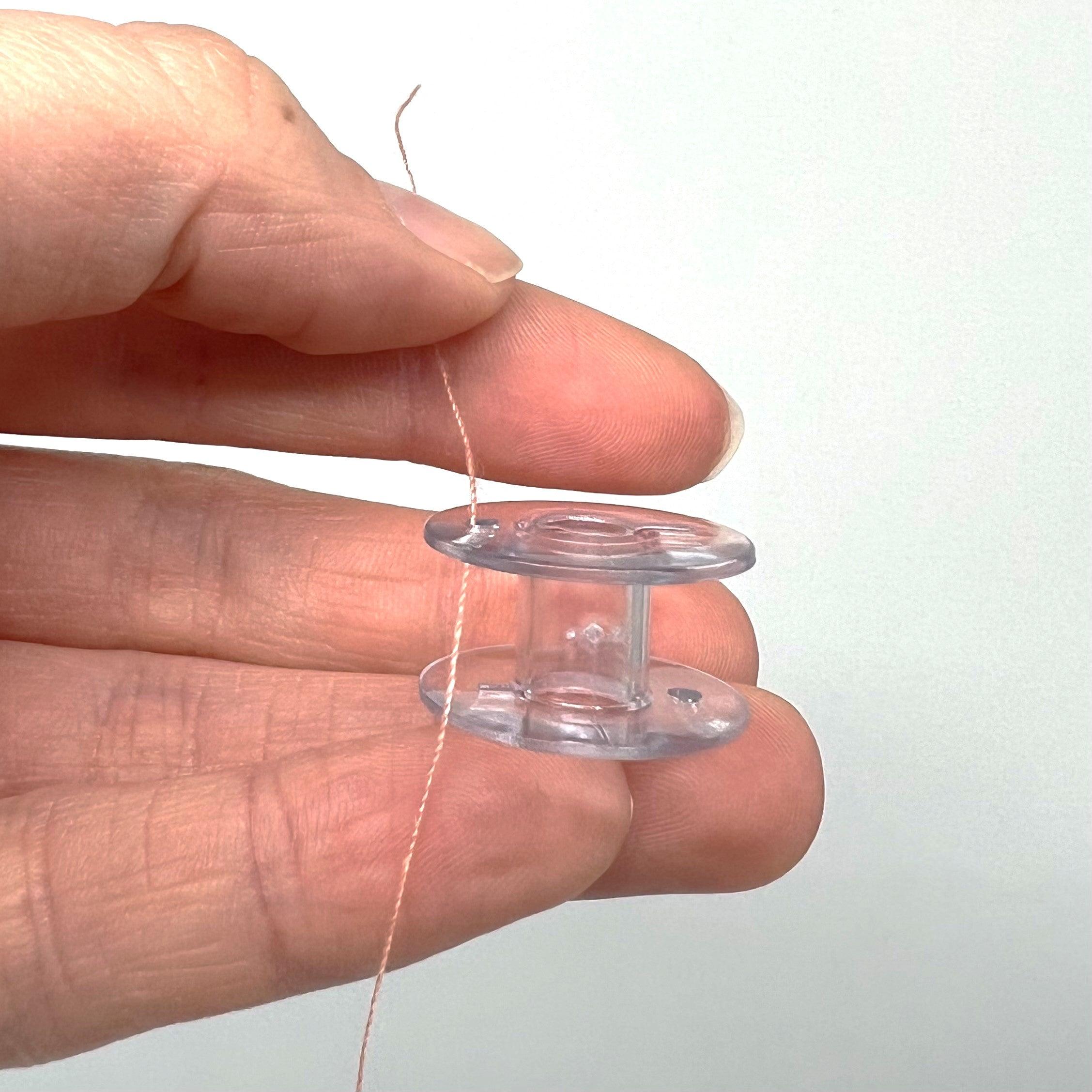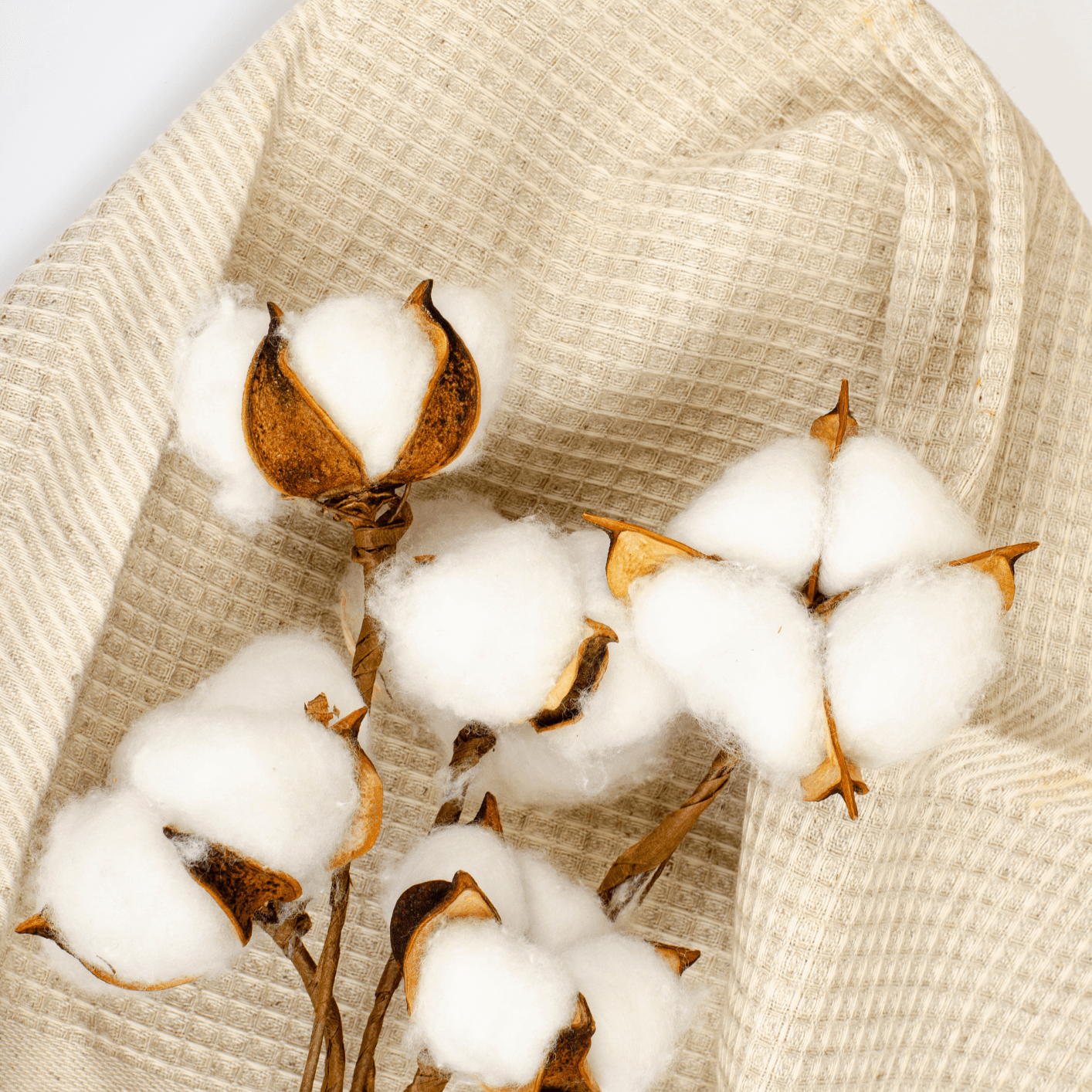table of contents:
Dive into the world of denim fabric with our comprehensive exploration of its origins, distinctive characteristics, and current trends. Learn how this iconic textile has evolved over time and get inspired to incorporate denim into your creative projects.
What is denim fabric?
Denim is an iconic fabric that has transcended eras and trends, becoming a staple in our wardrobes. Whether you're a casual style enthusiast or a fashion enthusiast, it's hard to deny the cultural impact and fascinating history behind this fabric. Are you familiar with its captivating story?

The history of jeans
The word "Jeans" itself has interesting origins, coming from a cotton twill fabric called "Genoa Fustine"; often used to make durable work clothes. In the United States, workers called their work clothes "Jeans," after the city of Genoa, where the fabric was originally woven .
At the time, the Republic of Genoa was renowned for exporting this textile, which was sought after throughout Europe. Genoese sailors were particularly known for wearing denim clothing, as the material was durable and strong. The sails of Genoese ships were also made of this fabric. As sailors traveled and traded, denim began to spread to other regions, gaining popularity and becoming synonymous with quality and longevity.
It was thanks to this reputation and the spread of jeans through trade that Levi Strauss, a German immigrant, chose this textile to create his famous denim pants in late 19th century California. Levi Strauss's pants, initially intended for manual workers, quickly conquered a wider audience, transforming the original jeans into a must-have garment thanks to their quality and durability.

So, although the term "jeans" originated in Italy, it was thanks to the ingenuity of Levi Strauss and the growing popularity of jeans in the United States that this garment gained its worldwide fame and place in fashion history. Today, jeans remain a symbol of style, versatility, and durability, perpetuating the legacy of their past while remaining an essential piece in our modern wardrobes.
Now that you know the fascinating history of denim, you're probably curious to discover the secrets of its manufacture. Delve into the details and explore the artisanal techniques and modern processes that transform these raw materials into an iconic fabric. Prepare to be amazed by the innovations and key steps that contribute to creating the original denim you know and love.
The making of jeans
Denim manufacturing is a process that combines both traditional craftsmanship techniques and modern technological advancements to achieve the durable, versatile, and timeless fabric we all love.
The jeans we offer are recycled, and are therefore labeled "Global Recycled Standard".

Denim is made primarily from cotton yarns, chosen for their strength and durability.
Spinning
Cotton fibers are carefully spun into threads. These threads are then twisted together to create warp and weft threads, which are the basic building blocks of denim.

Weaving
Weaving is a crucial step where the warp and weft threads are intertwined to form the fabric. Denim is typically woven using a technique called a twill weave. This creates a distinctive diagonal texture, known as the "Z-diagonal effect," that characterizes denim.

Dyeing
Once the fabric is woven, it is dyed to give it its iconic blue color. The widely used indigo dye is applied in successive dye baths. The fabric is then aired to allow the color to fully develop.

Finishes
After dyeing, the denim undergoes various finishing processes to give it the desired final appearance. Fading, brushing, aging, and treatment processes can be used to create effects such as faded denim , distressed denim, or raw denim.

Once the denim is made, it is ready to be used in making iconic garments such as jeans, jackets and shirts.
How to sew with denim?
Denim is a versatile and durable fabric that offers many creative sewing possibilities. Whether you want to make pants, a skirt, a jacket, or even accessories, sewing with denim can seem intimidating at first. But don't worry, in this handy guide, we'll provide tips and tricks to help you succeed in your denim sewing projects. Discover specific techniques, the tools you need, as well as advice on finishing and caring for your denim creations.
Choosing jeans
Choose the ideal type of denim that perfectly matches your sewing project. Consider the weight of the denim based on the type of garment or accessory you want to make.
Classic denim is a go-to choice for many sewing projects. Whether you prefer stretch or non-stretch, you benefit from exceptional versatility. You can create an impressive variety of garments and accessories, such as pants, jackets, overalls, skirts, dresses, bustiers, shorts, cushions, bags, and even poufs.
Also explore the endless possibilities of fine denim, whether stretchy or not, for creating summer clothes and trendy accessories such as shirts, dresses, skirts, flowing trousers, shorts, light jackets, bags, cushions, fanny packs and even tablecloths.

Choice of accessories
Use a suitable needle, such as a denim needle or a good quality universal needle. We recommend sewing with Schmetz needles 130/705, 90/14, or 100/16 for thicker fabrics.


Use a presser foot suitable for sewing on denim, such as a denim presser foot or a dual-feed presser foot.
Feel free to lengthen your stitch length if you're using reinforced stitches, like zigzag or triple stitch, to ensure strong seams.
Jeans Care
Specific care instructions for our jeans to maintain their durability are detailed on the website. Original denim is washable at a maximum of 30°C, can be dry cleaned, tumble dried, and can also be ironed at a maximum of 110°C, but do not use bleach on this fabric. Avoid overloading your washing machine and turn the jeans inside out before washing to prevent excessive wear.

Sewing with denim can be a real pleasure once you master the proper techniques and tips. So, get out your sewing machine and get started on some creative denim projects!
We offer several simple tutorials on our blog if you are new to sewing, also find us on Facebook , Instagram and TikTok !













































Leave a comment
All comments are moderated before being published.
This site is protected by hCaptcha and the hCaptcha Privacy Policy and Terms of Service apply.